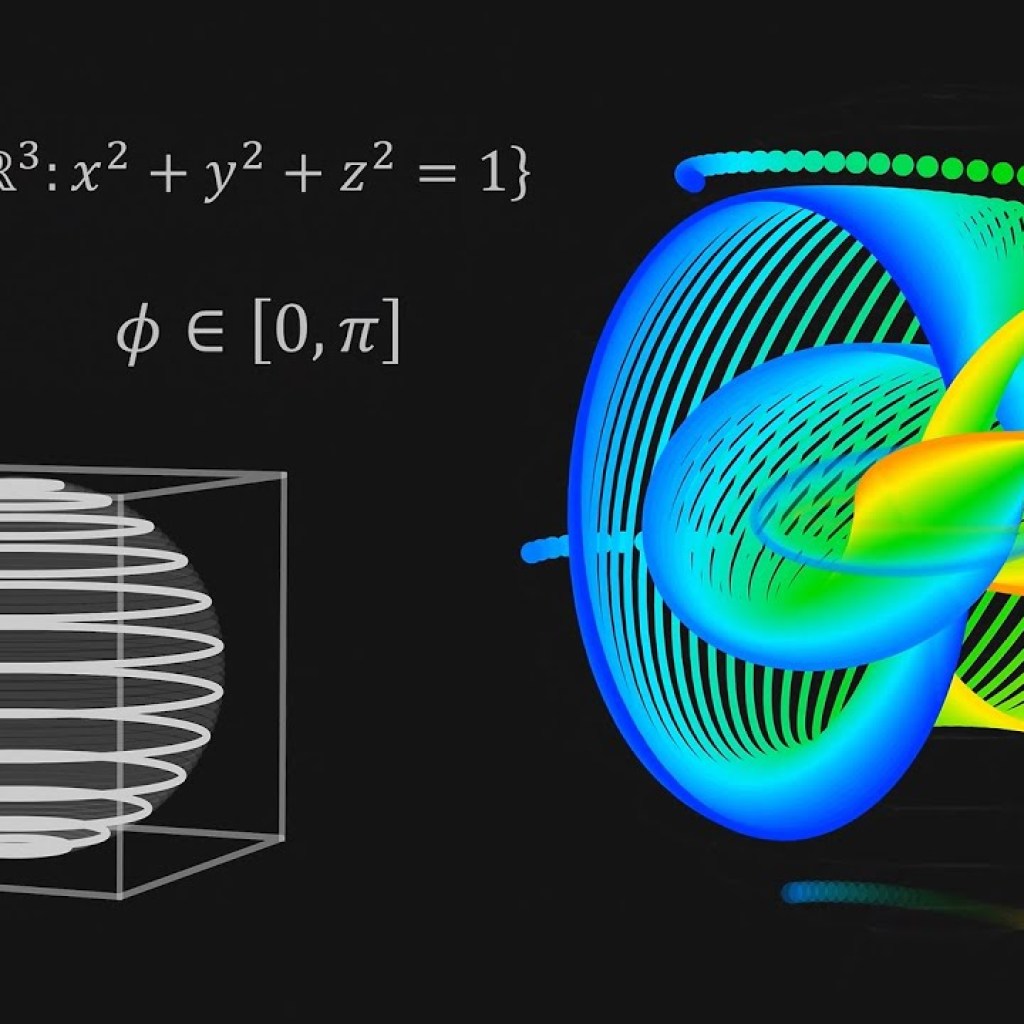Contents

Source: YouTube
Understanding Fiber Bundles in Photonics
Introduction to Fiber Bundles
Fiber bundles, a crucial element in photonics, are assemblies of optical fibers used to transport light efficiently. These bundles can comprise a few to thousands of fibers, and they are utilized in a variety of applications ranging from imaging to illumination.
Types of Fiber Bundles
Flexible Fiber Bundle Cables
Flexible fiber bundles are encased in protective layers, such as polymer sleeves or stainless steel tubes, allowing them to bend and twist like electrical cables. This flexibility makes them ideal for applications where maneuverability is essential.
Fiber Rods
In contrast, when fiber bundles are fused together, they form rigid structures known as fiber rods. These rods can be bent or twisted when heated, providing unique applications in fixed configurations.
Branched Bundles
Branched fiber bundles, such as Y-shaped configurations, allow light to be split into multiple paths or combined from several sources. This versatility is useful for distributing light to various locations or combining signals.
Ordered and Unordered Bundles
Ordered bundles maintain a one-to-one correspondence between input and output fibers, crucial for imaging applications. Unordered bundles, however, are designed for illumination and sensing, where precise mapping is not necessary.
Applications of Fiber Bundles
Illumination
Fiber bundles are extensively used in illumination systems, transporting light from a source to multiple locations. This is particularly beneficial in environments where the light source must be isolated from the target area to avoid heat or electromagnetic interference.
Imaging
In medical and industrial endoscopes, fiber bundles transmit images from one end to the other. Each fiber acts as a pixel, enabling the transmission of detailed images through small, flexible cables.
Sensors
Sensors utilize fiber bundles for tasks such as light reflection measurement. By delivering illumination light and collecting reflected signals, these bundles enhance the sensitivity and accuracy of optical sensors.
Thermal Imaging
Specialized fiber bundles made from mid-infrared fibers are used in thermal imaging. They transport infrared radiation to detectors placed in cryogenic environments, facilitating precise thermal measurements.
Challenges and Considerations
Launching Light into Fiber Bundles
Efficiently launching light into fiber bundles requires consideration of the numerical aperture and refractive index contrast. Uniform illumination of the bundle’s input face is crucial to minimize losses and maximize light transmission.
Loss of Coherence and Polarization
Fiber bundles generally do not preserve the coherence and polarization of light. This is acceptable for most applications, which utilize incoherent and unpolarized light sources.
Cross-talk
Cross-talk between fibers can degrade image quality in imaging applications. Strategies such as using absorber materials or specialized coatings help mitigate this issue.
Broken Fibers
Over time, fibers within a bundle may break, reducing light transmission. While this can significantly impact imaging quality, it is less critical for illumination purposes.
Conclusion
Fiber bundles are versatile tools in photonics, offering solutions for light transport, imaging, and sensing. Understanding their configurations and applications helps in selecting the right type of bundle for specific needs, ensuring efficient and effective performance.

Source: Wolfram MathWorld
Feel free to comment your thoughts.



